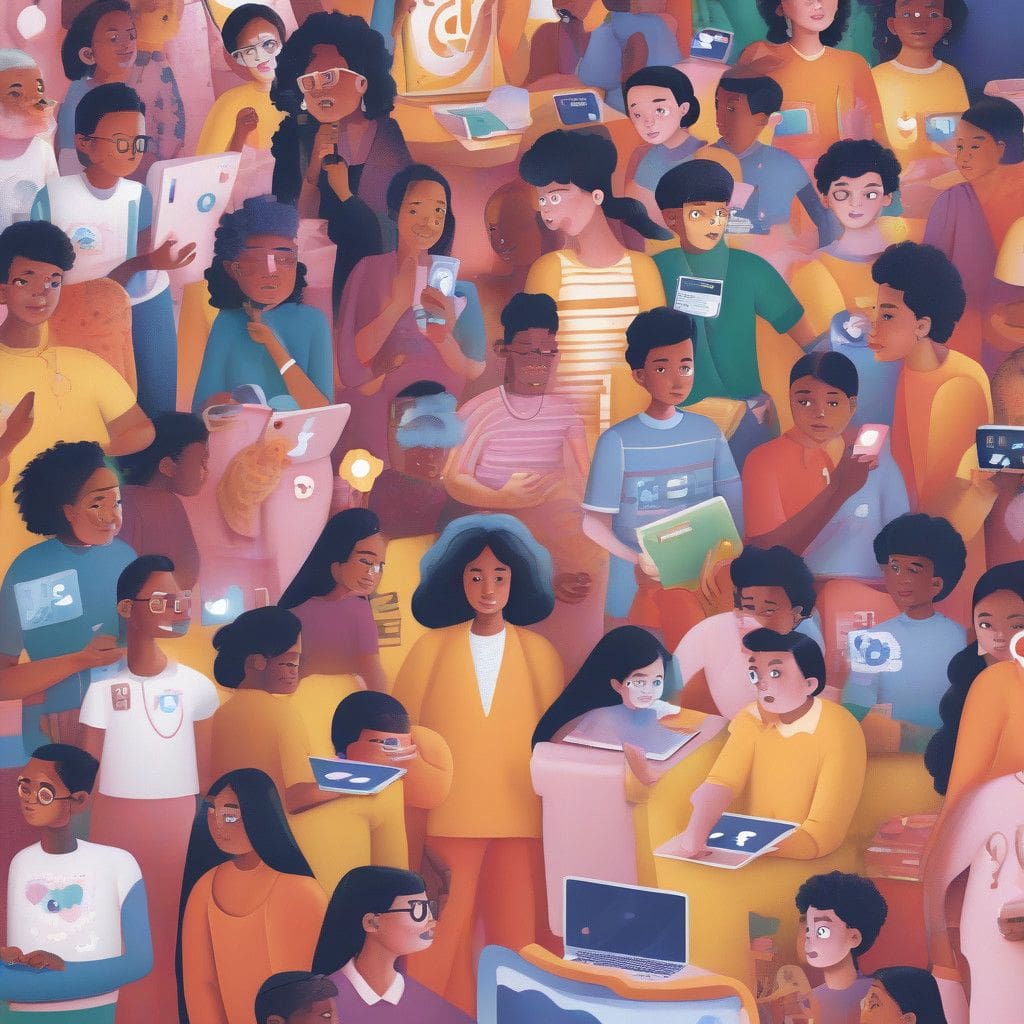In an unprecedented move, Australian Prime Minister Anthony Albanese has introduced a legislative proposal aimed at banning children under 16 from accessing social media platforms. This initiative, announced on Thursday, seeks to require social media companies to verify users’ ages and ensure that minors are not able to use their services. Failure to comply would result in hefty fines for these platforms, while neither users nor their parents would face penalties for violating the law.
The government’s agenda is centered around protecting children from the potential negative effects of social media, with Albanese stating that families can rely on the government to take meaningful action in safeguarding their children. The proposed legislation specifies that there will be no exemptions for children who have parental permission to use social media and that existing underage users will not be grandfathered in.
Prominent platforms such as Instagram, TikTok, Facebook, and YouTube would be significantly impacted by this legislation. Communications Minister Michelle Rowland highlighted that consultations with these platforms were conducted before the proposal was formalized, ensuring that practical enforcement strategies are in place, although no exemptions are being considered.
While the intention behind the ban is primarily to protect youth, experts have raised concerns regarding the blanket nature of the legislation. Critics argue that banning under-16s outright may not necessarily be the most effective method to shield children from the potential dangers of social media. In contrast, several social media companies, including Meta, have expressed their support for introducing robust age verification procedures alongside parental consent tools.
This debate aligns with ongoing discussions in the United States regarding restricting minors’ access to social media. Over 140 international experts recently signed an open letter addressing the Australian government, urging a reevaluation of this approach. The discussions highlight a significant global concern: the mental health impacts of social media exposure on children.
Numerous studies have linked excessive social media usage among youth to mental health challenges, including anxiety, depression, and cyberbullying. Research from the Pew Research Center indicates that about 59% of U.S. teens have experienced some form of cyberbullying. Further studies suggest that increased screen time correlates with heightened feelings of isolation and diminished face-to-face social interactions.
The global community watches this legislation closely, considering its implications for child safety, privacy, and parental control within digital spaces. Countries are grappling with how to balance the need for a safe online environment while recognizing the benefits of social media as a tool for community and connection. As Australia forges ahead with this proposed ban, it could set a precedent for other nations contemplating similar legislative measures.
The outcome of this proposed legislation could pave the way for innovative solutions surrounding digital exposure. Social media companies may soon find themselves investing heavily in age verification technologies and parental supervision features. Moreover, policymakers are encouraged to explore comprehensive educational programs focusing on digital literacy and responsible social media use among children.
Balancing safety and freedom in the digital realm continues to be a nuanced challenge. As governments debate legislation and companies adapt their policies, collaboration will be essential. Experts advocate for a holistic approach that not only protects children but also empowers parents and encourages healthy online practices.
As the Australian government pushes this proposal, the international dialogue surrounding youth digital exposure intensifies. The concerns raised by experts, the potential restructuring of social media platforms, and the reactions from parents all reflect the urgent need for proper guidance and frameworks in navigating the digital landscape.
In conclusion, Australia’s legislative proposal regarding social media access for children under 16 raises critical points about youth safety online, parental responsibilities, and the role of social media companies in safeguarding minors. This global dialogue illustrates a turning point in how societies approach the intersection of technology and childhood development.











